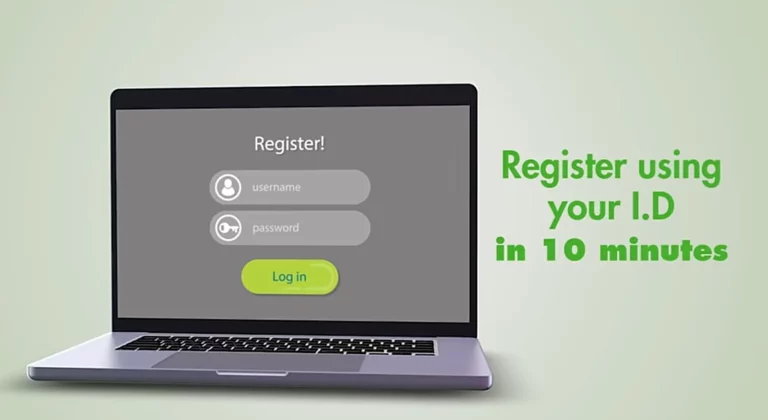Want to run a lending business that doesn’t just survive, but thrives? Then you need to master the 4 C’s of lending. This isn’t some fluffy theory – it’s the bedrock of smart lending decisions. Get this right, and you’ll minimize risk and maximize profits. Screw it up, and you’re setting yourself up for a world of hurt.
Think of it like this: you’re a general on a battlefield. The 4 C’s are your reconnaissance, your intel on the enemy. Without them, you’re going in blind.
So, what are these magic 4 C’s?
What are the 4 C’s of lending?
1. Capacity: Can They Pay You Back?
Capacity is all about the borrower’s ability to repay the loan. It’s the most important of the 4 C’s.
Forget feelings, forget promises. Look at cold, hard numbers:
- Income: What’s their monthly income? Is it stable and reliable? Are they salaried, hourly, or freelance? Don’t just take their word for it – verify with pay stubs and tax returns.
- Expenses: What are their monthly expenses? Rent, food, car payments, that daily Starbucks addiction – it all adds up. Use debt-to-income ratios to get a clear picture.
- Debt: How much debt do they already have? Credit cards, student loans, other loans – it all eats into their capacity to repay you.
Advice:
- Set strict income and debt-to-income requirements. Don’t be afraid to turn away borrowers who don’t meet your standards.
- Use automated tools to verify income and expenses. This saves you time and reduces the risk of fraud.
- Stress test their capacity. What happens if they lose their job or face unexpected expenses? Can they still make their payments?
Top tools:
- Credit reporting agencies: Equifax, Experian, TransUnion
- Income verification software: The Work Number, Argyle
2. Capital
Capital is the borrower’s investment in the deal.
It’s their own money on the line.
The more capital they have, the more serious they are about repaying the loan.
Think of it like this: would you be more likely to trash a rental car or your own car?
Exactly.
Look for these signs of capital:
- Down payment: How much are they putting down upfront? A larger down payment shows commitment and reduces your risk.
- Savings: Do they have a healthy savings account? This is a cushion against unexpected expenses and demonstrates financial responsibility.
- Assets: Do they own property, investments, or other valuable assets? This can be used as collateral or sold to repay the loan if necessary.
Advice:
- Require a minimum down payment. This weeds out less serious borrowers.
- Consider the source of their capital. Is it from savings, a gift, or something else?
- Factor in their overall financial picture. Don’t just focus on the down payment – look at their entire financial situation.
Top tools:
- Asset verification software: Veri-Tax, CoreLogic
- Financial statement analysis tools: QuickBooks, Xero
3. Collateral
Collateral is the asset that secures the loan. If the borrower defaults, you can seize the collateral to recoup your losses.
It’s your insurance policy, your backup plan.
Common types of collateral:
- Real estate: Houses, commercial property, land
- Vehicles: Cars, trucks, boats
- Inventory: Goods held for sale
- Accounts receivable: Money owed to the borrower
Advice:
- Choose collateral that is easy to value and liquidate. You want to be able to sell it quickly if necessary.
- Perfect your security interest. Make sure you have a legally enforceable claim on the collateral.
- Monitor the value of the collateral. It can fluctuate, so stay on top of it.
Top tools:
- Collateral management software: nCino, FIS
- Appraisal services: Local appraisers, online appraisal tools
4. Character
Character is the most subjective of the 4 C’s.
It’s about the borrower’s integrity and willingness to repay the loan.
This is where your gut feeling comes in, but don’t rely on it entirely.
Look for these signs of good character:
- Credit history: Do they have a good credit score and a history of paying their bills on time?
- Employment history: Have they been employed steadily? Job hopping can be a red flag.
- References: What do their personal and professional references say about them?
- Overall demeanor: Are they honest and transparent? Do they seem trustworthy?
Advice:
- Conduct thorough background checks. This includes credit checks, criminal records, and employment verification.
- Interview the borrower personally. This gives you a chance to assess their character firsthand.
- Trust your gut, but verify. If something seems off, dig deeper.
Top tools:
- Identity verification services: Experian, LexisNexis
- Background check services: GoodHire, Checkr
Putting the 4 C’s into Action
Let’s say you’re considering a loan application from a small business owner. Here’s how you can apply the 4 C’s:
- Capacity: Analyze their business financials, including revenue, expenses, and cash flow. Calculate their debt-to-income ratio and stress test their ability to repay under different scenarios.
- Capital: Assess their personal investment in the business, including their initial capital contribution and any subsequent investments.
- Collateral: Consider the business assets that can be used as collateral, such as equipment, inventory, or accounts receivable.
- Character: Review their personal and business credit history, conduct background checks, and interview them to assess their trustworthiness and commitment to the business.
you can make an informed lending decision that minimizes your risk and maximizes your potential for profit by carefully evaluating each of the 4 C’s.
Remember, lending is a game of calculated risks.
The 4 C’s are your cheat code to winning the game. Use them wisely, and you’ll be raking in the dough while others are left holding the bag.
Read also:




